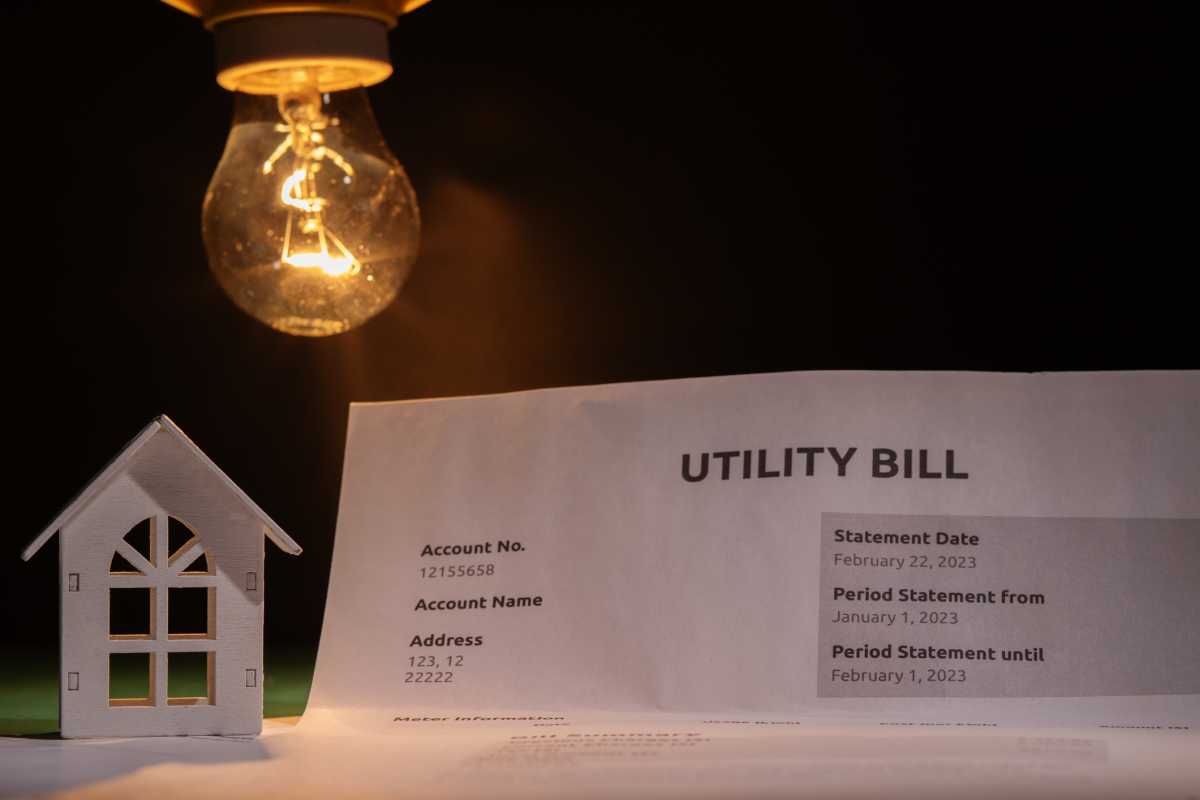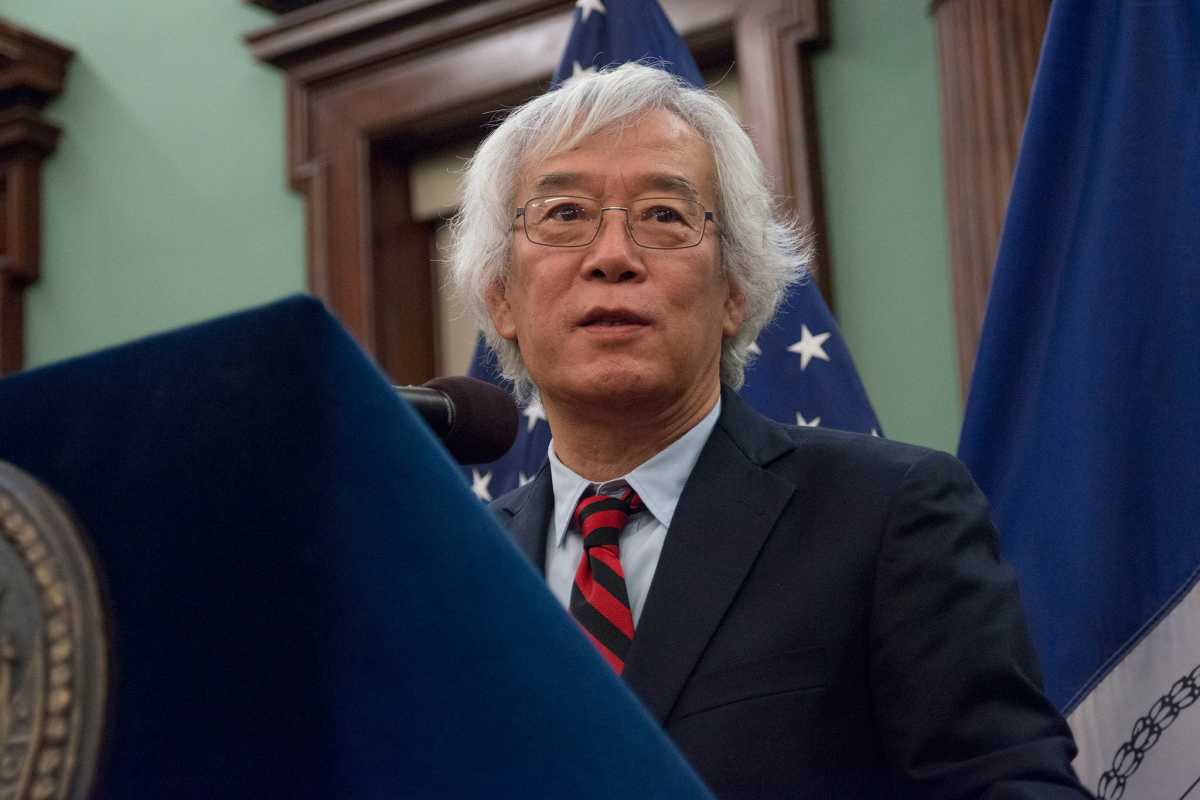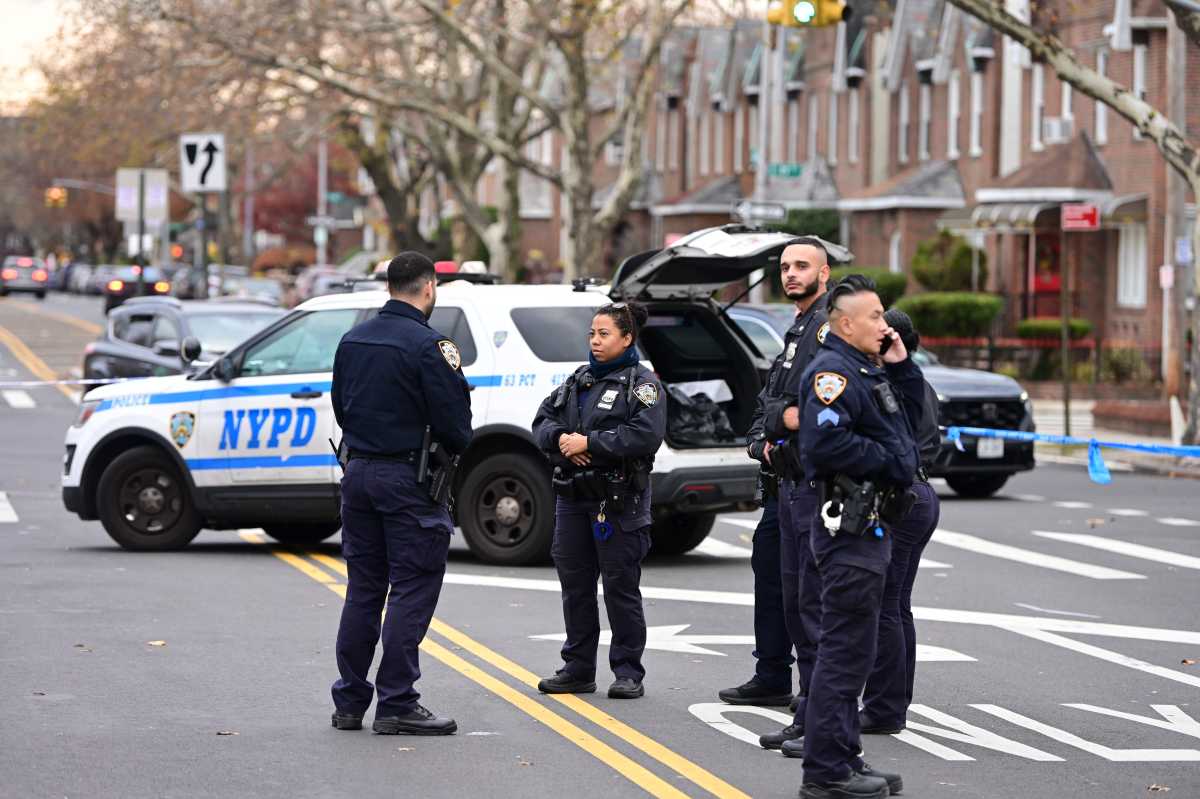To the editor,
Whole Foods’ response to our request that they make a few environmentally friendly design modifications to their planned inaugural Brooklyn store is both disappointing and surprising, given that the company’s own “Declaration of Interdependence” states that Whole Foods measures its success in part by “improvement in the state of the environment, and local and larger community support” (“Whole Foods to neighbors: Drive on over,” Feb. 24).
It’s also quite disappointing that Whole Foods chose to respond to our offer of a “constructive, ongoing dialogue” with a flat “no can do” — not even to us, but to your reporter. That from a company that claims “better communication equals better understanding and more trust.”
Whole Foods’ statement to The Brooklyn Paper that its parking plan features the “appropriate” number of spaces, and that a green roof would not be “feasible,” just don’t hold water.
At approximately 6.5 spaces per 1,000 square feet of building space, their parking plan is much more suited to a suburban location. In fact, the National Parking Association recommends just 4.5 spaces per 1,000 square feet to meet peak parking demand for shopping centers under 600,000 square feet in size. That would translate to just 288 spaces for Whole Foods.
Whole Foods could also learn from the Fairway store in Red Hook. Fairway is nearly as large as the planned Whole Foods, and the vast majority of shoppers drive. Yet Fairway’s parking lot has only 300 spaces, and on a recent Saturday afternoon, the lot was only two-thirds full.
For a comparison closer to home, a total of just 405 Park Slope Food Co-op members used the Co-op’s discounted parking at the Union Street Garage during the entire month of December. Though the Food Co-op has more than 12,000 members, fewer shoppers utilize off-street parking in a month than Whole Foods would have parking spaces.
And like the Co-op, the Whole Foods site is less than half a mile from three subway stops.
It’s also a shock to realize that, according to Whole Foods’ own projections of 1,500 daily car trips, the store would generate about as many car trips annually — more than half a million — as the basketball arena planned for the Atlantic Yards project. Yet the public has had no official opportunity to weigh in on the store’s plan.
As for the green roof, we’re not quite sure what Whole Foods means by “not feasible.” The store they’re planning to build in Madison, Wisconsin will feature a green roof. And they’ve installed solar roofs in several other locations, including Edgewater, New Jersey. Given the ecological fragility of the Gowanus basin, such building features should be a given. Yet Whole Foods doesn’t appear to feel that Brooklyn deserves the same consideration — and environmentally friendly measures — as other places.
Furthermore, Whole Foods makes no mention of any transportation-management plan, other than the large parking lot. Since 60 percent of the households in the neighborhoods surrounding the planned store do not own cars, it would seem to be in Whole Foods’ interest to take steps to cater to the non-driving majority of potential customers. Yet to our knowledge, they have no plans to implement anything like jitney service to transit hubs or delivery vans (which could be electric), substantial bike parking or any other alternative mode of transport.
The Manhattan Rickshaw Co. has said it would be thrilled to develop a pedicab service for Whole Foods — if Whole Foods is interested.
Park Slope Neighbors intends to continue to gather signatures, and if Whole Foods won’t respond, we will take up our cause with our elected officials. We intend to continue our campaign until Whole Foods agrees to take steps to — in the words of their own company philosophy — “promote environmental stewardship.”
Editor’s note: This letter, officially from the Park Slope Neighbors group, was signed by David Alquist, Michael Cairl, Paul Heller, Marni Horwitz, David Kenny, Eric McClure, Aaron Naparstek, Kimberly Neuhaus, Steven O’Neill, Jeff Prant, Lumi Rolley and Geoff Zink.
One thumb up
To the editor,
I usually write to you about the events and the work of the day, but I am writing to tell you about the movie, “Bamako.”
This may be the best film I’ve seen during this decade. I strongly urge you to find a way to break away for a few hours to see it. Set in Mali, it is equally a gripping examination of globalization and poverty as it is a very human and poetic glimpse of the lives of everyday people in the developing world.
It will be at the Film Forum on Houston Street through Tuesday. Wherever you are, try to find it. It will really help you think about where the world is going and what we can do about it.
Bill DeBlasio, Park Slope
Editor’s note: The writer is a member of the City Council. While we admire his service to his constituents, should he wish to apply for the coveted job of movie critic at The Brooklyn Paper, we’ll have to see some references.
Brooklyn’s on the move
To the editor,
I can sympathize with concerns about the development of the BAM Cultural District, but Dana Rubenstein’s piece was reflexive, knee-jerk Brooklyn boosterism (“Manhattan dancers in Brooklyn? Fuhgedaboudit!” March 3).
Danspace Project is not a “dance troupe.” Urban Bush Women is a great dance troupe that tours and has offices right here in Fort Greene. MoCADA is a museum with a space right here in Fort Greene.
Of these three, only Danspace would seem to be the organization to run a performance space year round. And if Councilwoman Letitia James and the Rev. Clinton Miller bothered to research Danspace, they might have discovered that many of the choreographers and dance companies that have performed in that East Village space were either from Brooklyn or had members who reside here.
My point?
Danspace is a great addition to the Brooklyn community that does not reflect Manhattan, but reflects the world and the diversity that exists right here in Brooklyn.
Don Palmer, Fort Greene
Editor’s note: Dana Rubinstein’s article was indeed “reflexive” — it reflected local concerns about the inclusion of a Manhattan-based company in the BAM Cultural District. If the story was perceived as “Brooklyn boosterism,” so be it; we will not apologize for boosting this borough or its residents’ concerns.
Blame Long Island
To the editor,
So, Transportation Alternatives thinks it has solved the mystery of the lack of parking in Park Slope (“Park Choke,” March 3).
But everyone seems to forget the large amount of commuters who enter the neighborhood in the wee hours to take the spots vacated by those residents of the Park Slope who leave for work.
These commuters who arrive on my block are only parking here for the conveniece of free space to hop on the subway to their jobs in Manhattan. Many of these commuters are from the outer suburbs and Long Island.
A residential parking program may free up these spaces for the use of other residents and in turn free up the traffic and meter parking.
There was a time in the mid- to late-1990s when my Park Slope block always had empty spaces in which to park — and it was because all those commuters were too afraid to leave their newer model cars sitting all day waiting for a break in.
Don Doe, Park Slope
























